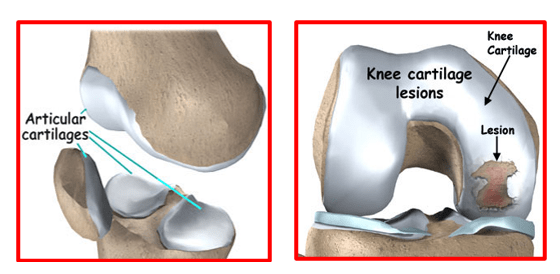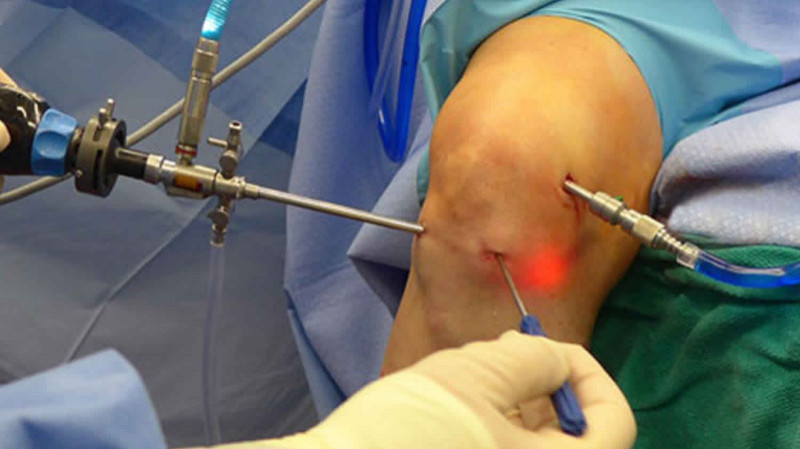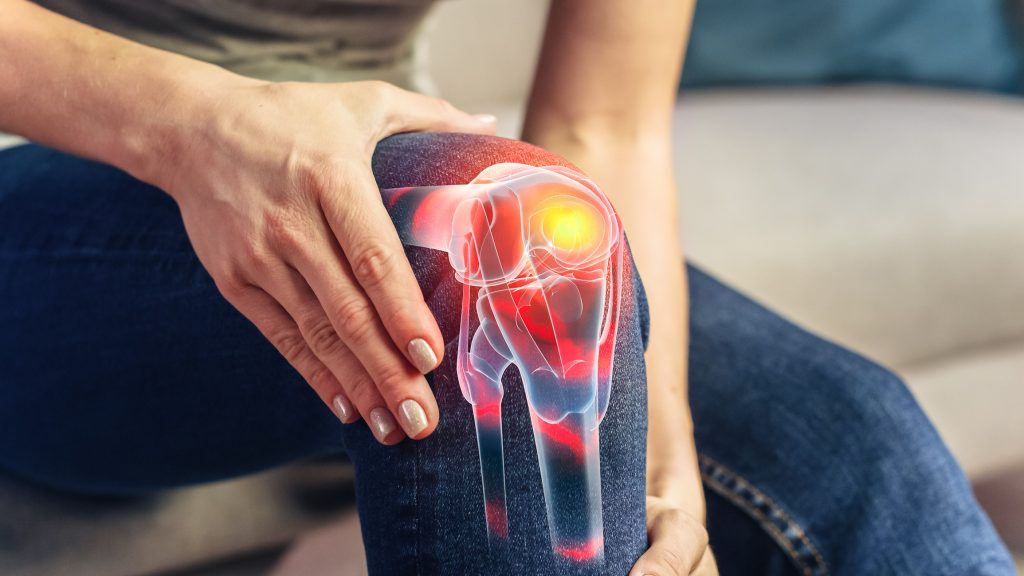Understanding Articular Cartilage Injuries: Causes, Treatments, and Recovery
Articular Cartilage Injuries are significant concerns for joint health and mobility. Understanding the causes, treatment options, and recovery process is crucial for anyone dealing with these injuries. What are Articular Cartilage Injuries? Articular cartilage is a smooth, white tissue that covers the ends of bones where they come together to form joints. It allows for smooth movement of the joints and acts as a cushion, distributing loads to reduce stress on the bones. Injuries to this cartilage can result from acute trauma, repetitive motion, or degenerative conditions. Importance of Articular Cartilage Articular cartilage is vital for healthy joint function. It reduces friction during joint movement, absorbs shocks, and helps in weight distribution. Damage to this cartilage can lead to pain, swelling, and impaired movement. For more details on joint preservation and management, check out joint preservation and management. Causes of Articular Cartilage Injuries Symptoms of Articular Cartilage Injuries Treatment Options for Articular Cartilage Injuries Treating articular cartilage injuries involves a range of non-surgical and surgical options. Dr. Vatsal Khetan’s expertise in treating cartilage injuries can guide you through the following treatments: Non-Surgical Treatments Surgical Treatments Recovery and Rehabilitation Recovery from cartilage repair varies depending on the type and extent of the injury and treatment. Physical therapy is essential to restore strength and mobility. Dr. Vatsal Khetan’s guidance on sports medicine can help you navigate the recovery process. Long-Term Outcomes With appropriate treatment and rehabilitation, most patients can achieve significant improvement in joint function and pain relief. For tips on managing chronic knee pain, explore advanced chronic knee pain management. Connect with Us Follow us on social media for the latest updates: Contact Information Name: Dr. Vatsal Khetan Address: SK Pandey Complex, Betiahata Rd, beside Union Bank, Betiahata, Gorakhpur, Uttar Pradesh 273001 Phone: +91-9662 365 917
Understanding Articular Cartilage Injuries: Causes, Treatments, and Recovery Read More »




